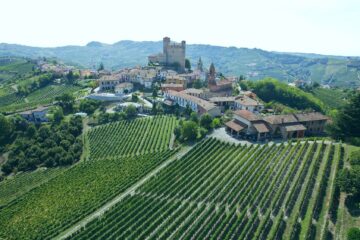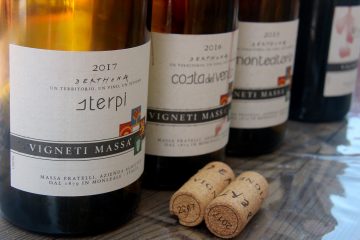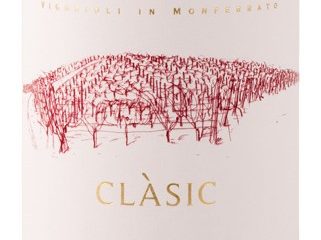Discovering a native wine or local cuisine is a delicious outcome of travel. Recently I visited the Monferrato region of...
This is the type of white wine you taste, marvel, and wonder why it’s not better known. Perhaps because it...
Anyone who has followed my wine writing, even casually, will know that obscurity is my passion. The weirder, the better. I recently, for example, wrote a book about a winemaking area of Pennsylvania that thrived in the 1800s. And about a year ago, here on PP, I covered my favorite
This is part II of our series on Timorasso. Read part I. Claudio Mariotto smiles impishly as he pours a wine named L’Imbevibile—Undrinkable. It’s anything but. Fermented in amphora for 30 days on the skins, this intense, apricot and honey–inflected wine is one of the many experiments seen at the
Walter Massa would be the first to admit that timorasso is a vexing troublemaker. “It’s a difficult grape that produces badly,” he says in Italian. “I’m not saying little, I’m saying badly, which is different.” This coming from the mouth of the man who single-handedly rescued the grape from oblivion
Fruit-forward and full of zing, this wine begs to be on the table. Blackberry, tomato, and herbs roil up from the glass. Firm and fleshy, with more acid than tannin, blackberry and raspberry have a touch of tomato in the background, and herbs and zing on the finish. Drink with
A wine that was accurately described as “bold” by the tasters with me that evening. This wine is fruitier than some other red wines from Piedmont – even other Ruchè wines-- with more wood notes appearing as baking spices and vanilla, within the overall hearty wine. It has a big








